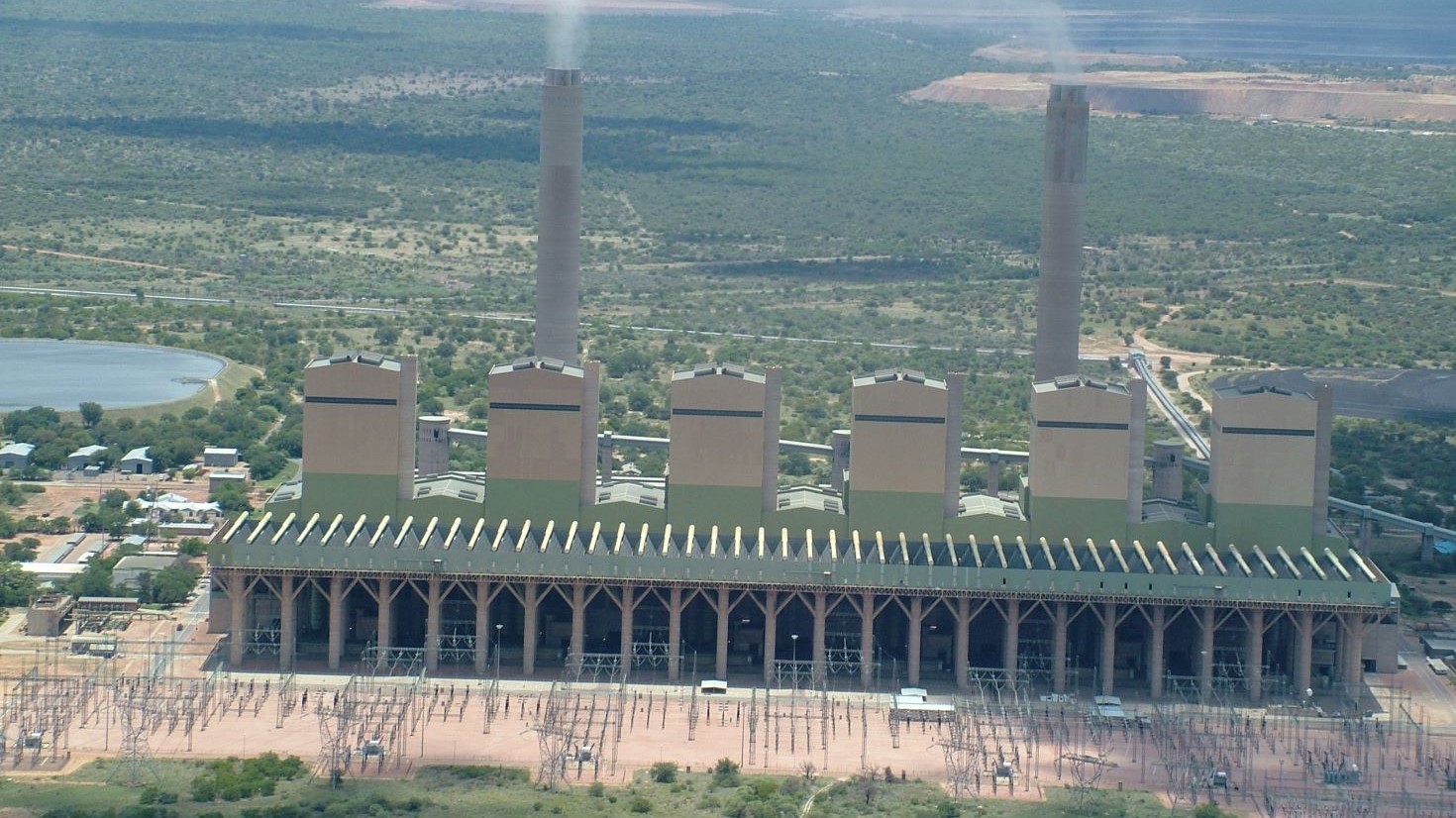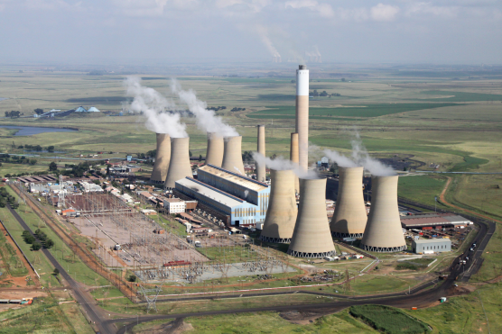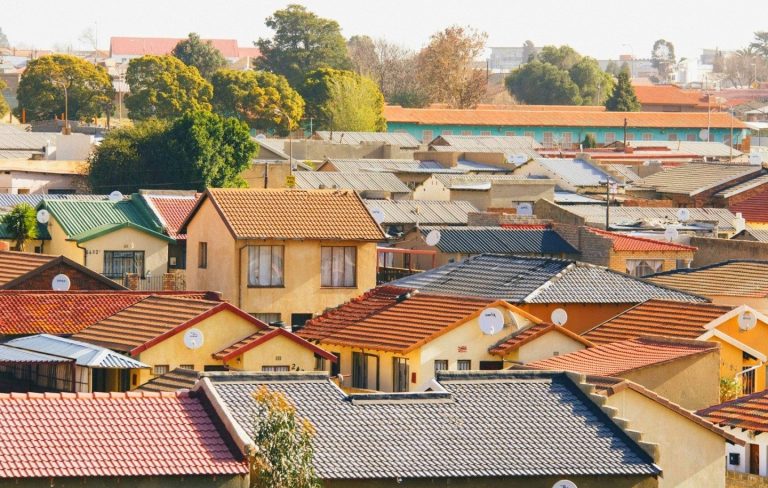Generation Recovery Plan continues to deliver dividends: over four months without loadshedding, plant reliability strengthens, and month-to-date EAF surpasses 70% target
Friday, 26 September 2025: Eskom continues to deliver a stable and consistent electricity supply, powering South Africa and supporting national economic activity and growth.
The Energy Availability Factor (EAF) fluctuated between 65% and 71%, with the month-to-date average holding above 70% at 71.15%. The last time it trended this high was in 2021.
After successfully completing the refuelling process, Unit 1 at Koeberg Nuclear Power Station has begun its start-up sequence and is currently undergoing hot commissioning — an essential stage in preparing the unit for full operation. Once back online, it will deliver 930MW to the national grid, bolstering the country’s electricity supply.
The ongoing technical improvements under Eskom’s Generation Recovery Plan have ensured that electricity demand is met for over 97% of the time in the current financial year. The country has gone 133 consecutive days without loadshedding, with only 26 hours recorded between 1 April and 25 September 2025.
Between 19 and 25 September 2025, Eskom recorded an average of 9 514MW in unplanned outages, a significant improvement compared to 12 660MW during the same period last year. This represents a year-on-year reduction of 3 146MW in breakdowns — nearly equivalent to the entire output capacity of Duvha Power Station.
This upward trend demonstrates increasing stability and improved reliability across Eskom’s generation fleet. These figures do not include Kusile Unit 6, which has been contributing to the national grid since 23 March 2025. While the unit is not yet in commercial operation, it is expected to reach this milestone by 30 September 2025.
To further strengthen grid stability, Eskom is planning to return a total of 2 500MW of generation capacity to service ahead of the evening peak on Monday, 29 September 2025, and throughout the coming week.
From 1 April to 25 September 2025, diesel expenditure has consistently remained well below the allocated budget, reflecting reduced reliance on the diesel fleet (OCGT) and a much greater reliance on the rest of the generation fleet.
Eskom published the Summer Outlook on 5 September 2025, covering the period 1 September 2025 to 31 March 2026, which forecasts no loadshedding due to the structural progress in plant performance as a result of the ongoing implementation of the Generation Recovery Plan.
Key Performance Highlights:
- Between 1 April and 25 September 2025, the Unplanned Capability Loss Factor (UCLF), which reflects the percentage of generation capacity lost due to unplanned outages, further decreased to 25.84%. This represents a week-on-week improvement of approximately 0.2%, although it remains about 0.3% higher than the 25.52% recorded during the same period last year.
- Year-to-date, planned maintenance has averaged 5 233MW, accounting for 11.16% of total generation capacity. This reflects a slight decrease from the previous week and a 0.4% rise compared to the same period last year.
- The year-to-date EAF further increased to 62.50%, excluding the contribution from Kusile Unit 6. This figure is below the 63.25% recorded during the same period last year.
- From 1 April to 25 September 2025, Eskom generated 1 004.68GWh from OCGT plants while spending R5.953 billion on diesel — above last year’s 850.52GWh. Last week, diesel spending was just R15.03 million at a load factor of 0.41%, highlighting the impact of improvements in efficiency and reduced reliance on diesel.
- The year-to-date load factor for OCGTs has decreased to 6.89%, reflecting a 0.27% decrease compared to the previous week. This figure remains higher than the 5.83% recorded during the same period last year.
Protect transformers and infrastructure – avoid illegal connections, prevent power failures and load reduction
Although Eskom’s power system has become more stable and reliable, load reduction remains necessary in certain high-risk areas, with average reductions ranging between 529MW and 544MW from April to June 2025. The primary causes are illegal connections and meter tampering — forms of electricity theft that compromise the integrity of the network and can lead to equipment damage, transformer overloads, and, in severe cases, explosions and prolonged outages. To safeguard the network and protect public safety, Eskom may implement load reduction by switching off power in these areas during peak periods.
Eskom, however, is committed to eliminating load reduction within the next 12 to 18 months. This goal will be achieved by addressing 640,000 illegal connections, upgrading infrastructure — including the installation of smart meters — curbing illegal electricity vending, and expanding access to free basic electricity in priority areas.
Customers are urged to avoid illegal connections, purchase electricity only from Eskom-accredited vendors, and regularise their accounts. These measures are essential to preventing load reduction and ensuring safe, reliable, and equitable electricity access for all.
Any illegal activity impacting Eskom’s infrastructure should be reported to the Eskom Crime Line at 0800 112 722 or via WhatsApp on 081 333 3323.
Eskom will provide an update on Friday, 3 October 2025, or promptly communicate any significant changes as soon as they occur.
ENDS







